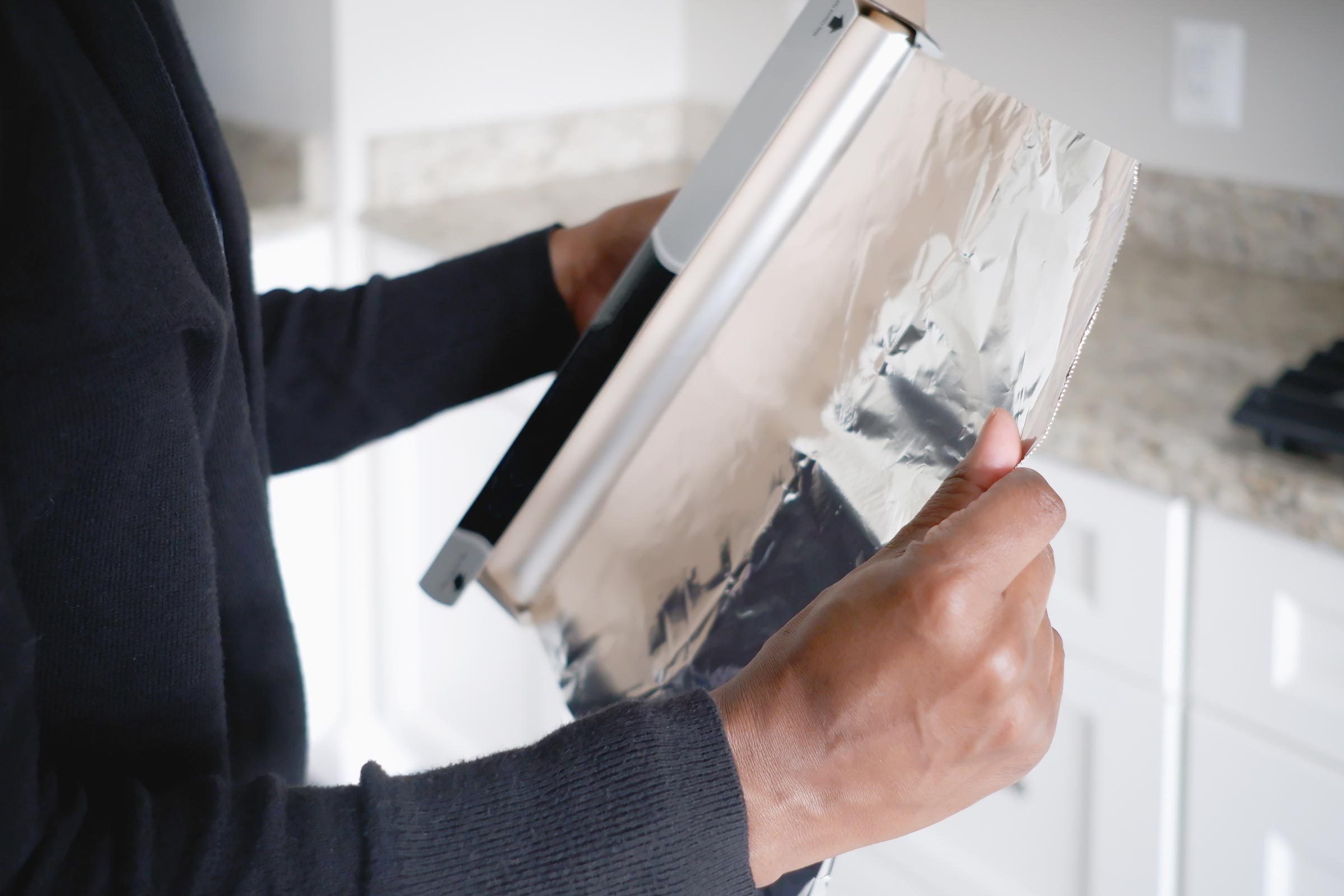The two foils may seem similar, but there's definitely a difference.

Tin Foil vs. Aluminum Foil: What’s the Difference?

If you’re anything like me, you use aluminum foil at least three times a week, if not more. From leftover storage to some truly surprising uses, it seems like there’s nothing it can’t do!
And, much like me, you may have also found yourself saying “tin foil” instead of aluminum foil. While it might seem a harmless substitution, when it comes to tin foil vs. aluminum foil, it turns out there is a difference.
Did you know you can use aluminum foil in your dishwasher?
What Is Tin Foil?
Prior to the 20th century, tin foil was incredibly popular as packaging in the US—it was used to line cigarette packs, wrap chewing gum sticks and much more. Created from tin, it was made for industrial use, and was popular as packing material and insulation. And of course, it was also used to wrap leftovers.
Is Tin Foil the Same as Aluminum Foil?
As it turns out, tin foil and aluminum foil aren’t interchangeable words, simply because tin foil is made out of, well, tin. While the material’s popularity soared in the late 1800s and continued into the 20th century, it did leave a “tinny” taste on food, which was a significant downside.
By the early 1900s, aluminum foil was already making an appearance. By 1926, the United States Foil Company, the parent company of what would become Reynolds Metals (the creator of Reynolds Wrap), began to mass-produce the material. Not long after, a Reynolds employee discovered a new way to use the product in the household. As the story goes, the employee was without a pan to hold the turkey on Thanksgiving. Thinking quickly, he grabbed some aluminum foil, wrapped up the turkey, and saved the holiday meal with ease. The rest is history. Because the material was non-corrosive, lightweight and less expensive to produce, it quickly took off and became more popular.
This is why aluminum foil has a shiny side and a dull side.
Why Do People Call Aluminum Foil “Tin Foil”?
It’s likely that the term “tin foil” is simply a holdover from the last century—our grandparents, raised with actual tin foil, probably continued to use the term and passed it down to us. While it’s not technically accurate, aluminum foil is a bit of a mouthful, so we’ll let this one pass.
And next time you’re at the store, keep an eye out for Reynolds’ color codes—they’ll tell you exactly what you need to buy.
